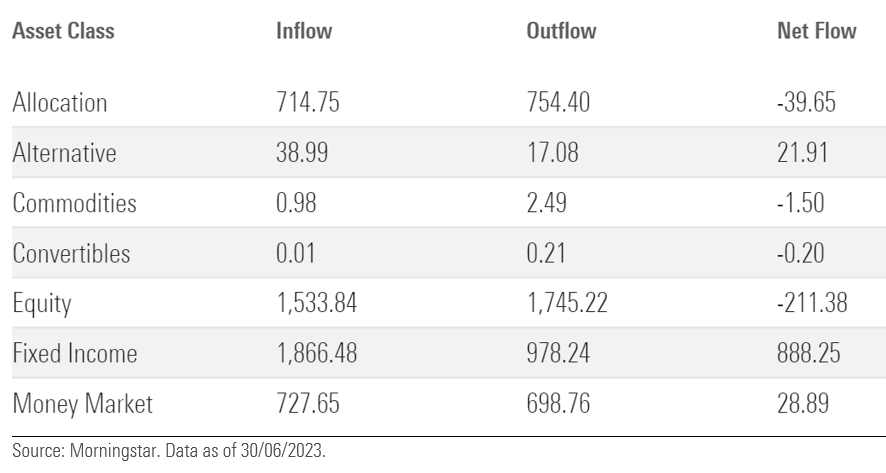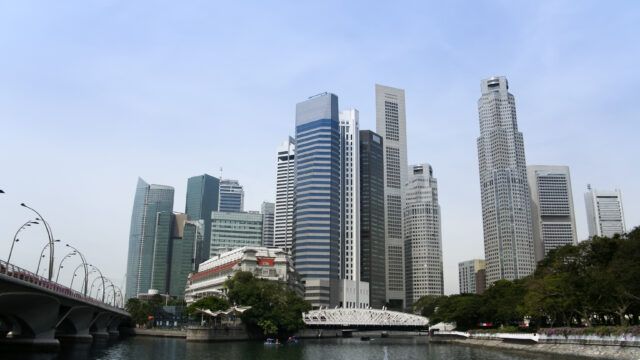Singaporean investors piled into fixed income during the second quarter as they continued to look to lock in higher yields following the fastest pace of interest rate hikes since the 1980s.
According to Morningstar’s calculations, which are based on data submitted by the participating members of the Investment Management Association of Singapore, fixed income saw net inflows of S$888.25m ($657.08m) during the second quarter.
This occurred even though the FTSE World Government Bond Index fell 0.03% for the quarter (in US dollars), versus a 2.6% gain from the first quarter, Morningstar noted.
Fixed income inflows were led by global fixed income, which saw S$622.12m in inflows during the quarter. Bryan Cheung, associate director of manager research at Morningstar, noted during a call with media that a lot of this was led by popular global fixed income funds, for example Pimco Income.
“For these funds, their yields have generally gone up from 4-5% about two years ago to over 6% today, while still maintaining an average credit quality of investment grade. It partly explains why these funds are still attractive to many income-seeking investors,” he said.
Asia fixed income funds reversed the redemptions recorded during the prior quarter to book S$278.59m in net inflows during Q2, although Cheung noted that they were quite concentrated and not-broad based, so it was too early to say that investor appetite for Asian bonds had returned.

Meanwhile, equities recorded net redemptions of S$211.38m during the quarter and despite a rally in stock markets in the West, this was mostly driven by net redemptions from developed market equity funds, with Europe equity large-cap, US equity large-cap blend, and global equity large-cap all recording outflows of S$151.61m, S$125.07m and S$104.32m respectively.
Paradoxically, Asia did quite well despite a disappointing second quarter for equities in the region mostly and Cheung noted that Greater China equity funds saw S$55.08m in inflows during this period. Japan, which has been all the rage among investors lately, also did well and Cheung noted that this was broad-based with 12 out of the 17 Japanese equity funds tracked recording inflows.
Allocation funds recorded net outflows of S$39.65m for the quarter, although the majority of this was triggered by net outflows from the miscellaneous category, which mostly comprises Asia allocation funds, as investors withdrew S$123.19m during the quarter.
Finally, money market funds also continued to see a lot of interest with S$28.89m in inflows during the quarter, while alternative funds, a category that Cheung noted was dominated by the JP Morgan Global Macro Opportunities fund, saw net inflows of S$21.91m.

















